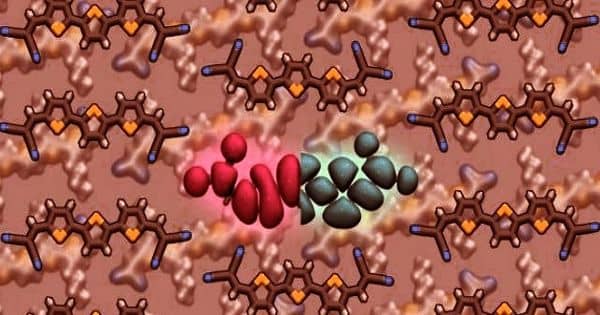In recent years, roboticists have created a wide range of social robots, which are robots designed to communicate with humans, assist and support them in a variety of ways. This includes robotic toys and other robots designed for children’s use.
Researchers at the University of California-Santa Cruz (UCSC), King’s College London, and Sproutel, a US-based company, recently developed a new socially assistive robot specifically designed to aid emotional regulation in children. This robot, which is described in a pre-publication paper on arXiv, resembles a small creature that a child might want to care for or cuddle.
“My research team at the University of California, Santa Cruz, had been working on designing smart fidget devices and understanding the use of fidget objects for a while, and I met Petr Slovak (a key collaborator on the work in the paper) at a conference workshop,” Katherine Isbister, one of the study’s researchers, told TechXplore. “His research interests were in social emotional learning and how to scaffold those skills.”
Researchers developed a new socially assistive robot specifically designed to aid emotional regulation in children. This robot, presented in a paper pre-published on arXiv, resembles a small creature that a child might want to care for or cuddle.
Slovak, a lecturer, and researcher at King’s College London believed that smart fidget devices could help children with emotional learning and regulation. As a result, he began working with Isbister and other UCSC students and researchers to create a robot or device that children could use to regulate their emotions.
Isbister, Slovak, and their colleagues created a robot that resembles a plush toy or stuffed animal. As a child gently caresses or hugs this ‘robotic stuffed toy,’ it calms down and reduces its movements.
“Through haptics, the child can tell or infer how the creature ‘feels,'” Isbister explained. “When the creature is nervous, its heartbeat is rapid, but as it calms down, its heartbeat slows and turns to a purr. This interaction aids the child’s self-soothing because they are fidgeting, which can contribute to calm, and they are getting ‘out of themselves by focusing on someone/something else.”

While there are several fidgeting objects or toys on the market that are intended to help children calm down, these objects are typically static and do not respond to a child’s touch or enable interactions like the one produced when a child interacts with the social robot created by these researchers. This distinguishes the new robot from previously developed fidgeting devices for children.
The researchers tested their robot in a series of preliminary experiments in which children and their parents were asked to interact with it and provide feedback. The feedback they received was very promising, as all 25 children who tried out the prototype said they liked it, wanted to keep it longer, and found it easy to incorporate into their daily routines.
“I was really struck by the positive impact that children and parents reported in our field study,” Isbister said. “It’s always satisfying when a hypothesis (that something could help) is confirmed or proven. We’ll have to wait and see how larger trials go, but the early promise of being able to support and scaffold children’s emotional self-regulation is exciting.”
The robotic toy developed by this team of researchers could be commercialized and implemented on a large scale in the future as a tool to help children self-soothe and regulate their emotions. Meanwhile, Isbister, Slovak, and their colleagues intend to continue their investigation into the potential of smart fidgeting devices.
“We are currently conducting an NIH-funded trial for a smart fidget ball that we developed to help those with ADHD focus (in collaboration with Julie Schweitzer at the University of California Davis),” Isbister explained. “Meanwhile, Petr Slovak and his research team are continuing to investigate the use of the creature we created (which has now been developed into a commercial product by Sproutel and Committee for Children) in various emotion-regulation contexts with a variety of populations including children, adolescents, and youth.”
















